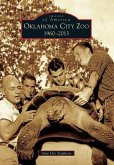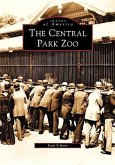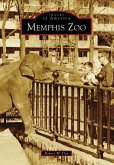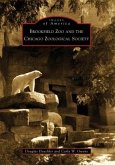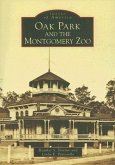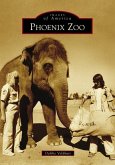The Oklahoma City Zoo began when a single deer was donated to a neighborhood park. Because deer were rare in 1902, crowds flocked to see the creature. Soon other people in Oklahoma Territory began donating native animals such as bears, golden eagles, and wolves. By 1903, the little menagerie became known as Wheeler Park Zoo, the first zoo in the Southwest. During its next 50 years, the zoo endured flooding, relocation, and tough economic slumps brought on by wars and the Dust Bowl. The zoo survived, however, because it provided a fun, relaxing place where people could go to escape from daily life. The community, in turn, rallied to help the zoo by donating precious pocket change to buy food and purchase new animals. Children, especially, were responsible for bringing some of the zoo's most memorable animals to Oklahoma City, especially Judy the Elephant. Here lies the story of how a zoo grew up along with its city, largely told with photographs of the animal "personalities" that attracted visitors in the first place.

